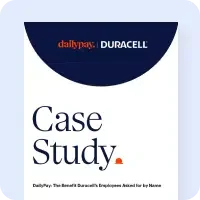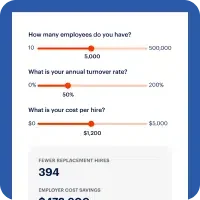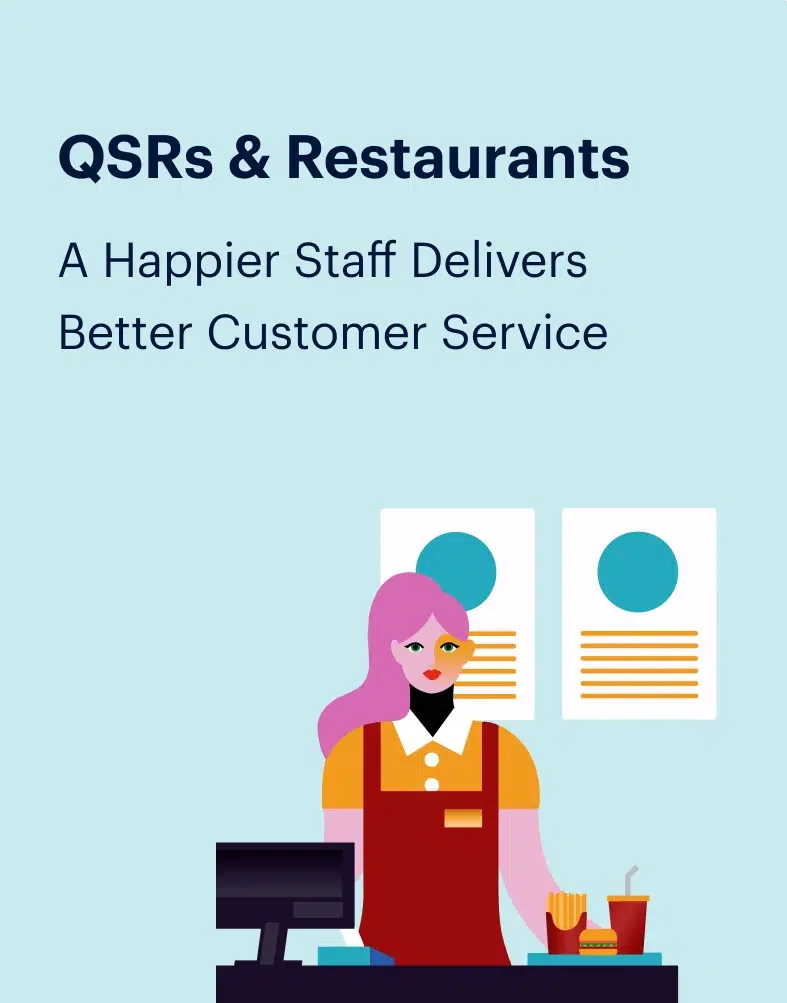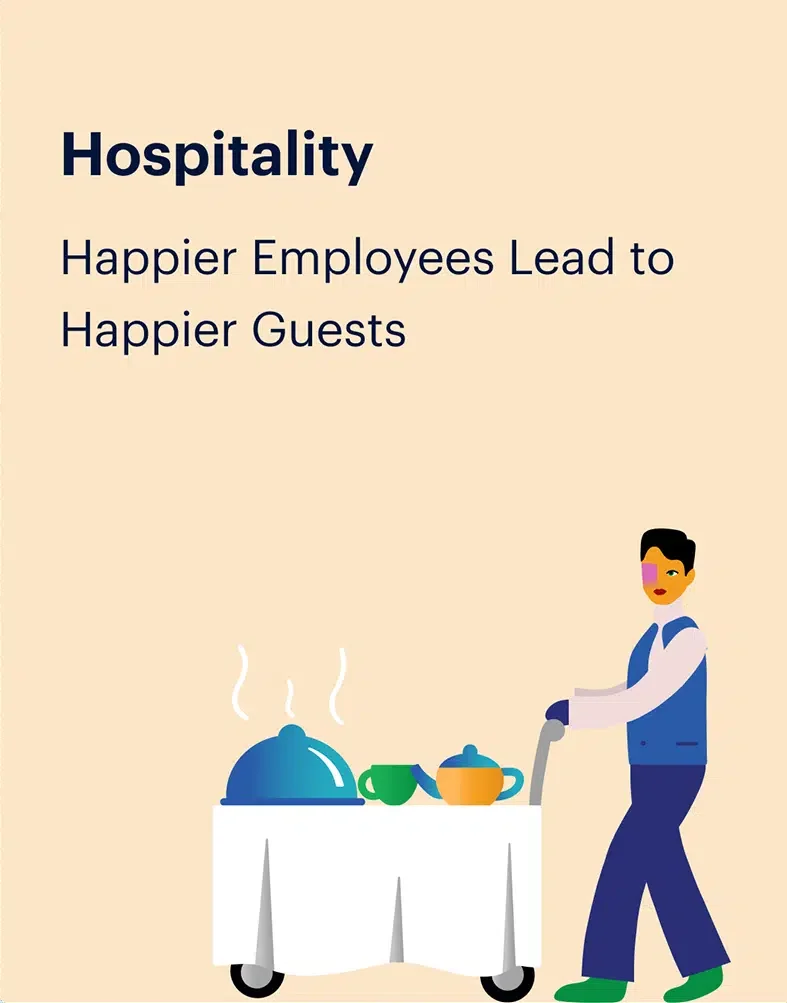Education Series Module 3: Getting Started With On-Demand Pay
Getting Started With On-Demand Pay
Planning for an on-demand pay implementation involves various considerations. Learn more in this lesson.
Ready to get started with on-demand pay? Get your demo today.
At a Glance
- Getting started with on-demand pay involves planning and collaboration across internal staff and your vendor.
- Ensure the highest security standards to protect employee data and privacy.
- Understand the testing and validation process from the vendor.
Consider industry-specific scenarios for on-demand pay and pick a vendor who will help with a smoother implementation.
When getting started with on-demand pay, you’ll need a team that spans HR (employee experience), payroll (process and compliance), IT (integration and implementation), your HCM provider (integration, implementation, and process), and your on-demand pay provider.
In this lesson, we’ll cover five considerations when planning for on-demand pay:
1 Industry considerations
2 Vendor partnerships
3 Testing strategy
4 Security
5 Training and support
Questions To Consider for Your Industry
Each industry has its things to consider before getting started. Here are some questions you may want to consider:
- QSRs & Restaurants
-
How do you handle credit card and cash tips?
Can you reflect multiple pay rates (regular, OT, etc.) in an employee’s available balance?
Can employees access their tips through the solution for free?
Are reported hours required to be approved or will the vendor accept unapproved hours?
Can employees work in multiple locations and access their pay from each location?
- Healthcare
-
How can your on-demand pay vendor help support your commitment to Electronic Visit Verification (EVV)?
Can you reflect multiple pay rates (regular, OT, etc.) in an employee’s available balance?
How often does your on-demand pay provider update each employee’s pay balance? (Daily, hourly, real-time?) Given the 24-hour nature of healthcare, the ability to update an employee’s pay balance in real-time can be a differentiator.
- Hospitality
-
Are your employees’ hours entered daily or at the end of each week/period? If hours are entered at the end of the pay period, will your on-demand pay vendor be able to make funds available?
Can you reflect multiple pay rates (regular, OT, etc.) in an employee’s available balance?
Are employees rarely terminated in your system? Is your on-demand pay vendor able to support this?
Can the vendor provide access to other common expenses (mileage, per diem, etc.)
Empower Your Employees With On-Demand Pay
Supporting employees with on-demand pay and other modern pay strategies can directly impact your business and lead to better customer service, patient care and anything in between.
Learn more about on-demand pay in your industry.
Strong Partnerships With Payroll/HCM
If you’re working with an on-demand pay vendor that has an established relationship with your payroll/HCM provider, the vendor can handle the heavy lifting and ease the support that’s required by your team.
DailyPay partners with a vast network of service providers who offer on-demand pay to their clients’ employees. To learn more, chat with one of our specialists.
Learn more about DailyPay’s integrations.
Testing Strategy
Security
To power your on-demand pay benefit, your vendor may need to collect basic information about your employees. Make sure that your vendor is only collecting essential information for integration and operation and nothing more. For example, social security number and banking credentials should not be needed for an on-demand pay solution.
Additionally, ensure the vendor securely exchanges employees’ information via SFTP and/or API. Confirm the vendor supports industry best practices such as PGP encryption and single sign-on (SSO) to guarantee employee privacy.
DailyPay Security Certifications
DailyPay insists on independent and impartial assessments as a means to prove our security credentials. DailyPay has earned the following certifications:

Learn more about Security at DailyPay.
Training and Support
Your on-demand pay program may start with the implementation, but change management is important to the success of your program too. Ask about the type and timing of training and ongoing support that you’ll receive. To get the most out of your on-demand pay program, your entire team must understand how it works. Additionally, ask if your vendor has a “set it and forget it” approach or if they’ll be available to provide support to your admins and employees throughout your partnership.
Sample RFP Questions
When considering partnering with an on-demand pay provider, it’s critical to holistically evaluate each solution you’re considering to make the most educated decision.
Thoroughly assessing the product experience for employees and employers, as well as security, privacy, and compliance for each solution will help you choose the best vendor.
Questions to consider asking based on the teachings in this module are:
- How do you ensure that employee data and privacy are protected?
- What security standards do you have in place?
- Can you provide a RACI chart that delineates responsibilities for both your company and our company for this program?
- What does your standard implementation plan look like? Including roles, resources, the time provided by your organization, and what would be required from our organization?
- How long does it typically take for a company our size?
- Would any time be required by a third-party supplier?
Receive the Sample On-Demand Pay RFP
Thank You for Submission
Thank you.
We will get back to you soon to schedule your demo.
Thank you for your interest in the On-Demand Pay International Council!
We will get back to you in 2-3 business days.
Infographic

Implementing and Managing On-Demand Pay Solutions















